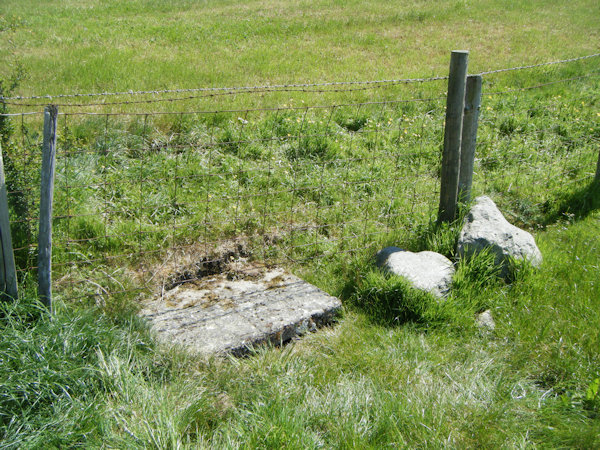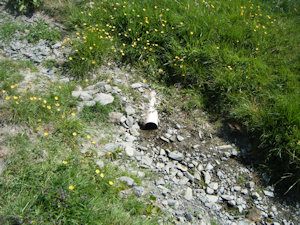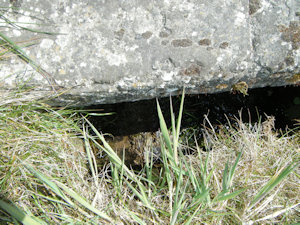 |
Dedication: Saint Beuno and/or Saint Mary Location: Gwyddelwern Coordinates: 53.00609N, -3.37892W Grid reference: SJ075463 Heritage designation: none |
HOME - WALES - MERIONETHSHIRE
 |
Dedication: Saint Beuno and/or Saint Mary Location: Gwyddelwern Coordinates: 53.00609N, -3.37892W Grid reference: SJ075463 Heritage designation: none |
St Beuno, a missionary from North Wales who is said to have founded a monastery at Gwyddelwern in the 7th century, was the uncle of the famed St Winifred. It was not only Winifred who Beuno miraculously brought back from the dead, however, as he is reputed also to have resurrected a murdered Irishman upon his arrival in this parish (this event is rumoured to have given Gwyddelwern, a compound of "Irishman" and "swamp", its name). Regardless of whether there is any truth in this legend, Beuno's cult certainly had a presence in the area, strengthened by the existence of yet another of his holy wells in Bala, only a few miles from Gwyddelwern.
For many years, Ffynnon Gwern Beuno has been overshadowed by its more famous neighbour, Ffynnon Beuno, which is located at the northern edge of the village. They appear to have become known, at least by the early 20th century, by other names that distinguished them from each other: Ffynnon Beuno was dubbed "Ffynnon Ucha", meaning "Higher Well", and Ffynnon Gwern Beuno was given the alternative name of "Ffynnon Isa", meaning "Lower Well". Clearly these names refer to their geographical positions, and indicate that the two were once closely linked, perhaps both playing a part in some sort of medieval ritual that has now been long lost.
It is not obvious when exactly this well attained the name of "Ffynnon Fair", but this seems to be a rather recent occurrence. Nonetheless, this title was certainly in use by 1914, when the Royal Commission visited the site:
|
About 500 yards to the south [of the "Higher Well"] is another spring called Ffynnon Gwern Beuno, otherwise Ffynnon Fair (Our Lady's Well), otherwise Ff. Wen (? the holy well), otherwise Ff. Isa. Its association with the name of the Virgin tends to show the rise of a competing source of beneficence, and the possible decline of reverence for the original Celtic saint. It is at any rate equally barren of curative traditions. |
Although the name "Ffynnon Gwern Beuno" appears on the majority of historic Ordnance Survey maps, the well itself has never been clearly marked. Luckily, however, there is only one spring in the vicinity that fits the description given by the Royal Commission, so it is clear which water source the name refers to. Many sources today seem to claim that it is either lost, or is located somewhere to the west of the church; it is not evident where these claims originated, but they are undoubtedly incorrect, and not least because there is no water source located west of the church.
When I visited the site in the May of 2025, the spring was still producing a decent quantity of water. The well was housed in a slightly sunken brick chamber, covered by a stone slab, from which the water was piped to a small ditch several metres down the hill, where it created a small pool. Intriguingly, there were a number of relatively large stones scattered around the brick chamber; perhaps these once formed part of an older structure.
 |
 |
|
Access: A public footpath runs right beside the well. |
Copyright 2025 britishholywells.co.uk